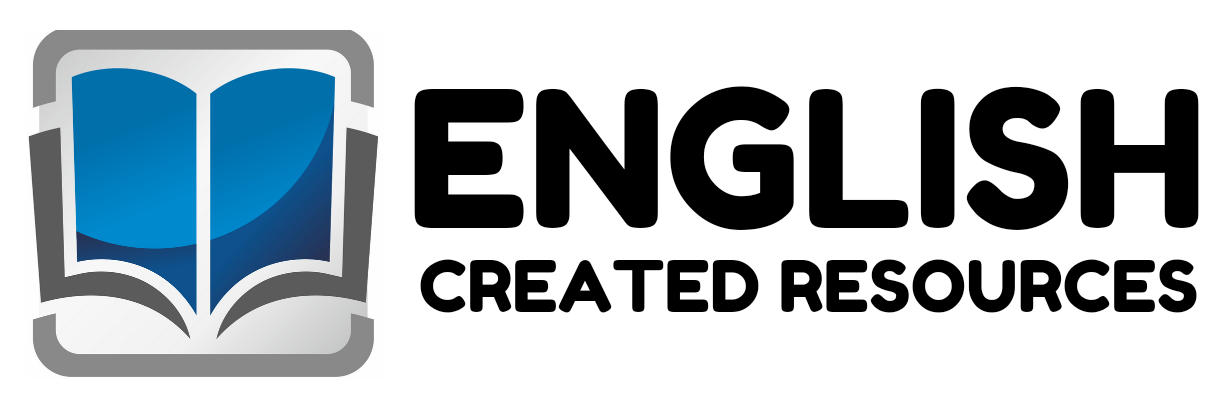Fish Bulletin Board

Fish Bulletin Board
In early childhood education, visual displays and thematic decorations play a key role in engaging young learners, fostering creativity, and building a love for learning. One popular and highly effective thematic visual tool is the Fish Bulletin Board. Whether it features bright underwater scenes, colorful fish, or student-created sea creatures, a fish-themed bulletin board serves many purposes beyond decoration. It becomes a learning centerpiece that stimulates imagination, supports academic development, nurtures emotional growth, and builds a sense of classroom community. This essay explores the educational, developmental, and social-emotional importance of a fish bulletin board in a preschool setting.
1. Creates a Visually Stimulating Environment
Young children learn best in environments that are rich in color, shape, and movement. A fish bulletin board is often filled with bright ocean blues, colorful fish of various sizes and patterns, coral reefs, and other sea life. This visually engaging display draws children’s attention and stimulates their curiosity about the world beneath the sea.
In preschool, visual stimulation is vital because it helps develop visual perception and memory skills. When children observe and interact with the images on the bulletin board, they begin to notice details such as colors, patterns, shapes, and textures, which are foundational to cognitive development and later academic learning.
2. Encourages Curiosity and Learning about Marine Life
A fish bulletin board can be the starting point for inquiry-based learning. Children are naturally curious, and a sea-themed display encourages them to ask questions like “What do fish eat?”, “Where do they live?”, or “Why are some fish small and others big?” These questions can lead to discussions, storytelling, science lessons, and hands-on activities that expand children’s knowledge of marine life and ecosystems.
Teachers can use the board as a visual reference during lessons, storytime, or group discussions about oceans, habitats, environmental awareness, and even concepts like floating and sinking. It helps young children build vocabulary by introducing new words such as “gills,” “fins,” “reef,” or “scales.”
3. Supports Creative Expression and Fine Motor Skills
Many fish bulletin boards are interactive and include student-made artwork. Children can cut, color, paint, and design their own fish to add to the board. This involvement supports the development of fine motor skills, such as using scissors and holding a crayon or paintbrush.
When children see their creations displayed on the board, it gives them a sense of pride and ownership. They begin to see themselves as artists and contributors, which boosts self-esteem and encourages more active participation in class activities.
4. Teaches Important Social and Emotional Lessons
A fish bulletin board can be a meaningful tool for teaching social and emotional concepts. For example, each fish can represent a student, showing that although everyone is unique, they all belong in the same “school”—just like fish swim together in a group.
This metaphor can be used to teach important lessons such as:
- Friendship and cooperation (“We swim together”)
- Inclusion and diversity (“Every fish is different, and that’s what makes the ocean beautiful”)
- Responsibility and kindness (“Take care of your fish friend”)
These visual and emotional lessons help preschoolers develop empathy, respect, and a sense of belonging in the classroom.
5. Encourages Participation and Builds Community
Interactive fish bulletin boards can also be used as classroom management tools. For example:
- Each fish could have a student’s name on it and move up the board as part of a reward or behavior chart.
- The teacher might add “bubbles” for each day the class follows a rule, reinforcing positive behavior.
- Fish can be added or changed as part of daily routines, like choosing helpers or celebrating birthdays.
By incorporating students into the visual structure of the classroom, the fish bulletin board helps build a sense of community. Children feel seen and valued when they are represented on a shared display. It also encourages group identity, where students feel like part of a team or “school” working together.
6. Integrates Cross-Curricular Learning
Thematic bulletin boards, especially a fish one, allow for cross-curricular connections across subjects such as:
- Language and literacy: Writing names of fish, describing fish with adjectives, creating stories about sea adventures.
- Math: Counting fish, comparing sizes, sorting by color.
- Science: Learning about marine animals, life cycles of fish, and environmental awareness.
- Art: Designing sea creatures with various materials and techniques.
By integrating different subjects into a unified visual theme, the fish bulletin board reinforces learning in a fun and memorable way.
7. Fosters Seasonal and Thematic Learning
Teachers can easily adapt the fish bulletin board throughout the year. In summer, it might feature tropical fish and beach scenes; in spring, it could focus on new sea life or environmental care for Earth Day. By changing the content regularly, the board remains fresh, exciting, and connected to current lessons or events.
This kind of seasonal update keeps students engaged and looking forward to what’s coming next, helping to develop an appreciation for change, cycles, and the passage of time.
In conclusion, the fish bulletin board is more than a decorative feature—it’s an essential educational tool that supports the development of preschool children in multiple ways. From enhancing visual learning and sparking curiosity about marine life to encouraging creativity, building community, and promoting emotional well-being, it plays a vital role in creating a nurturing and effective learning environment. When used thoughtfully, a fish bulletin board becomes a bridge between learning and play, helping children explore the world around them while feeling safe, inspired, and included.
Samples From the Board













